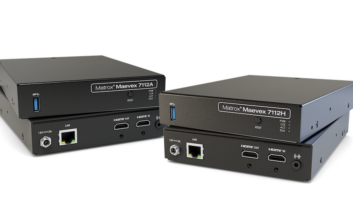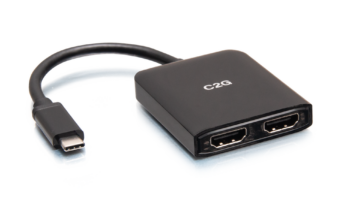Port Washington, N.Y. — The acquisition and use of digital video content has reached the mainstream, but service that enable the sale of downloaded video content have been slow to catch on, according to a new study release by The NPD Group.
The NPD’s “Digital Video in America” report, states that in 2006 seven in 10 Internet-enabled households in the United States had digital video files saved on their home PCs.
“Many consumers are already experimenting with digital video — the very same material you can buy or rent from major retailers,” said Russ Crupnick, NPD entertainment industry analyst. “And yet the video electronic sell-through market has yet to excite the imagination of consumers enough to greatly affect the bottom line.”
More than three-quarters of all video purchased was television content, the report finds, and one-third of the purchased TV programs were also available for free on TV network Web sites.
“Digital video download rates now stand about where the music market did three years ago; however, current electronic sell-through options are little more than a curiosity to the mainstream Internet user. In fact, fewer than 2 percent of Internet households purchased digital video content in the first quarter of 2007,” NPD said.
Thirty percent of consumers who purchase video for download purchased just one digital video title per quarter, and only 14 percent of digital video consumers reported using digital video download services at least once a month.
“As with music, trading of commercial content on peer-to-peer (P2P) file sharing networks plagues the movie and TV industry,” NPD said. The market researcher estimates that P2P users download over 100 million commercial size movie and TV files annually.
“The limited commercial success we’ve seen so far with digital video content has been almost entirely driven by television,” Crupnick said. “Content owners, aggregators and distributors need to look to the factors that have contributed to that success to understand how they can further excite consumer interest and drive digital video revenues.”
The video files on PCs in the United States cover a broad range of content types. Adult content (pornography) was found on the PCs of nearly one-third of all U.S. households (39 percent). By comparison, movie and television content was saved by just 19 percent and 18 percent (respectively) of U.S. households.













